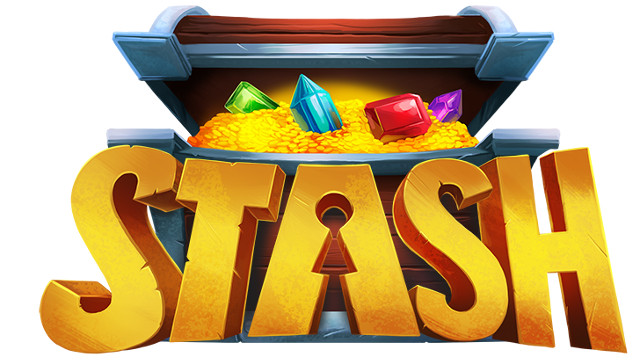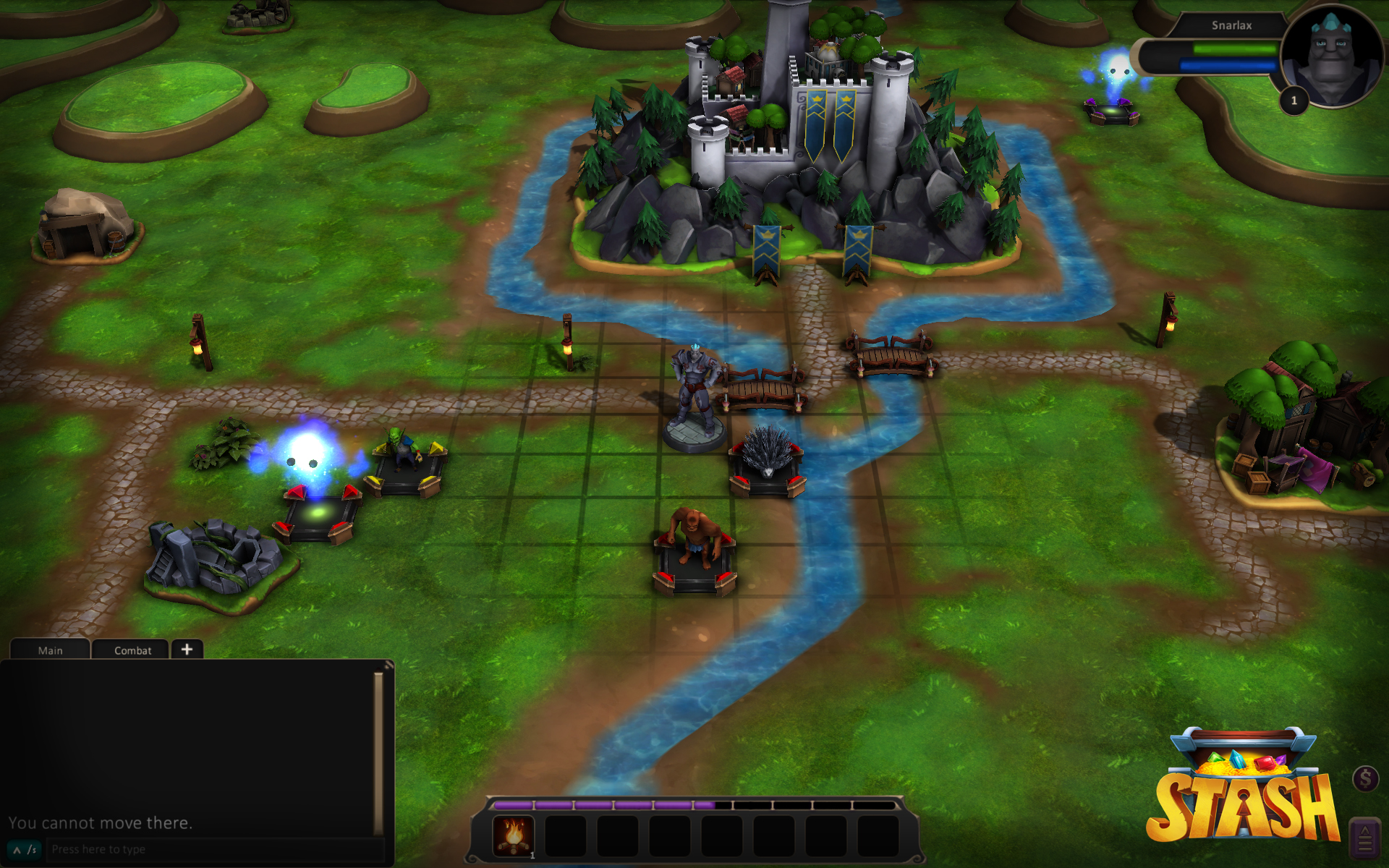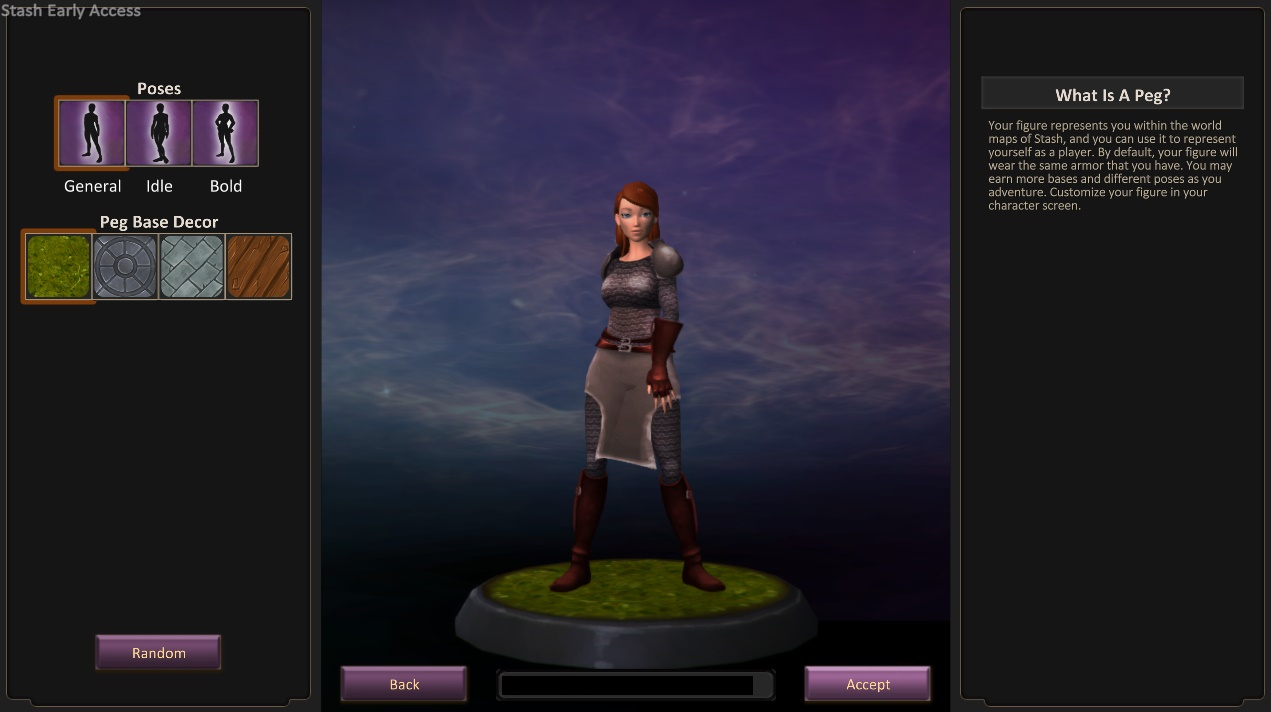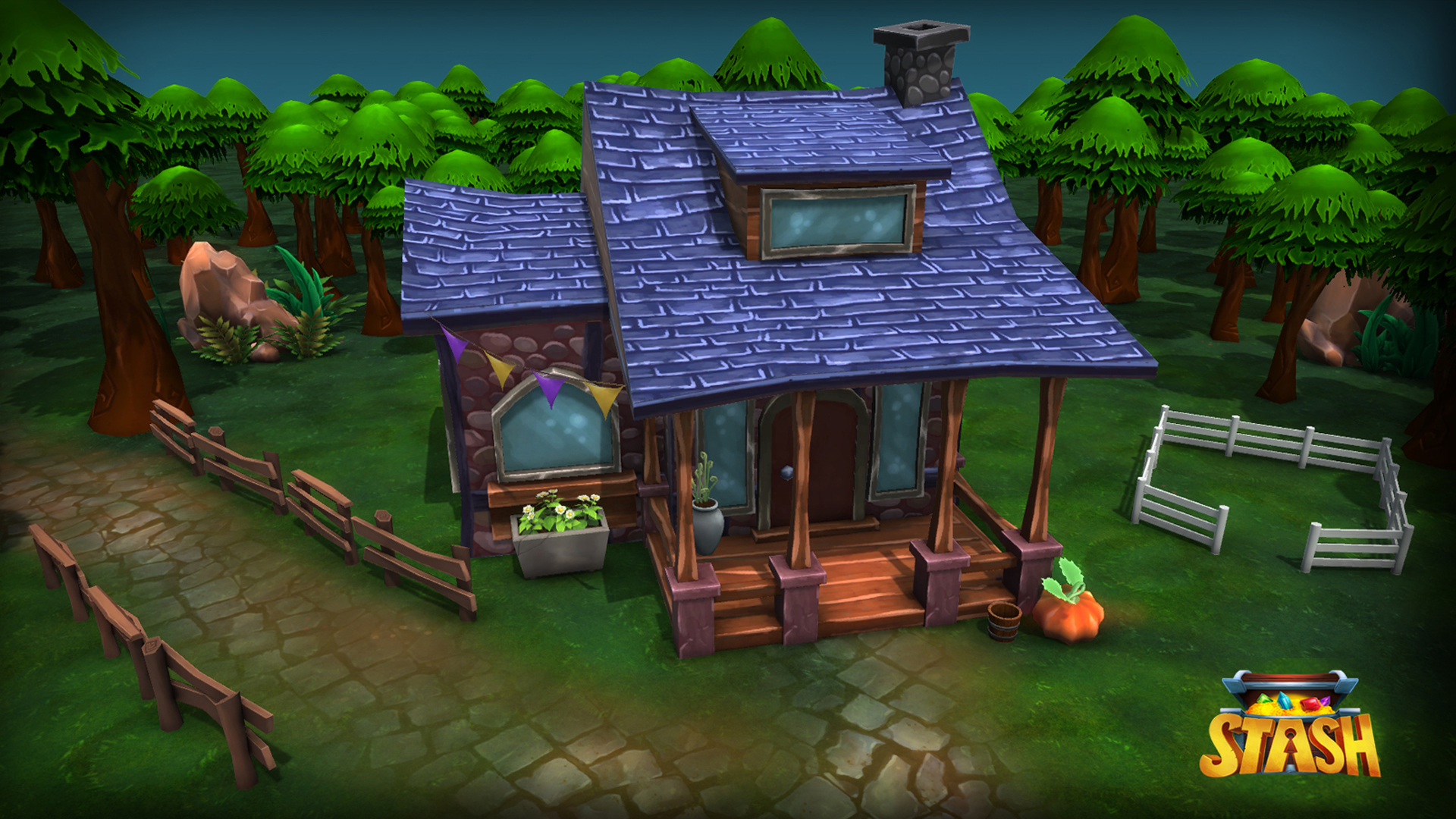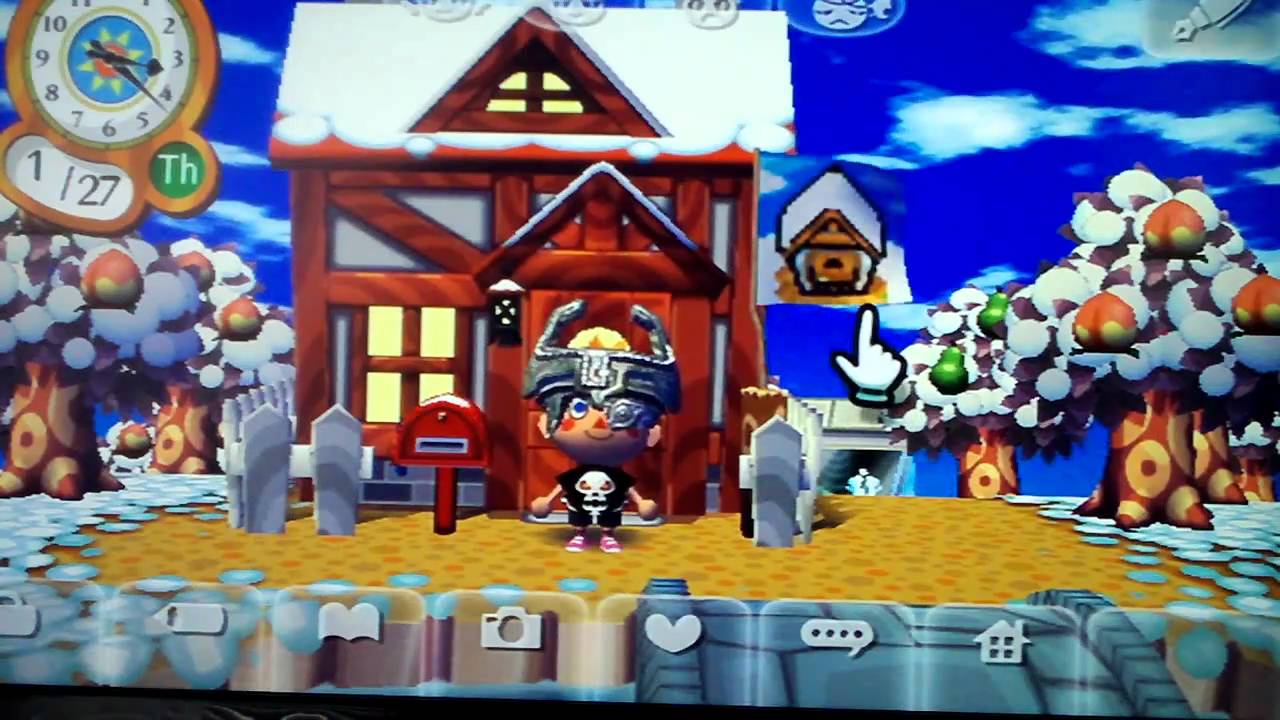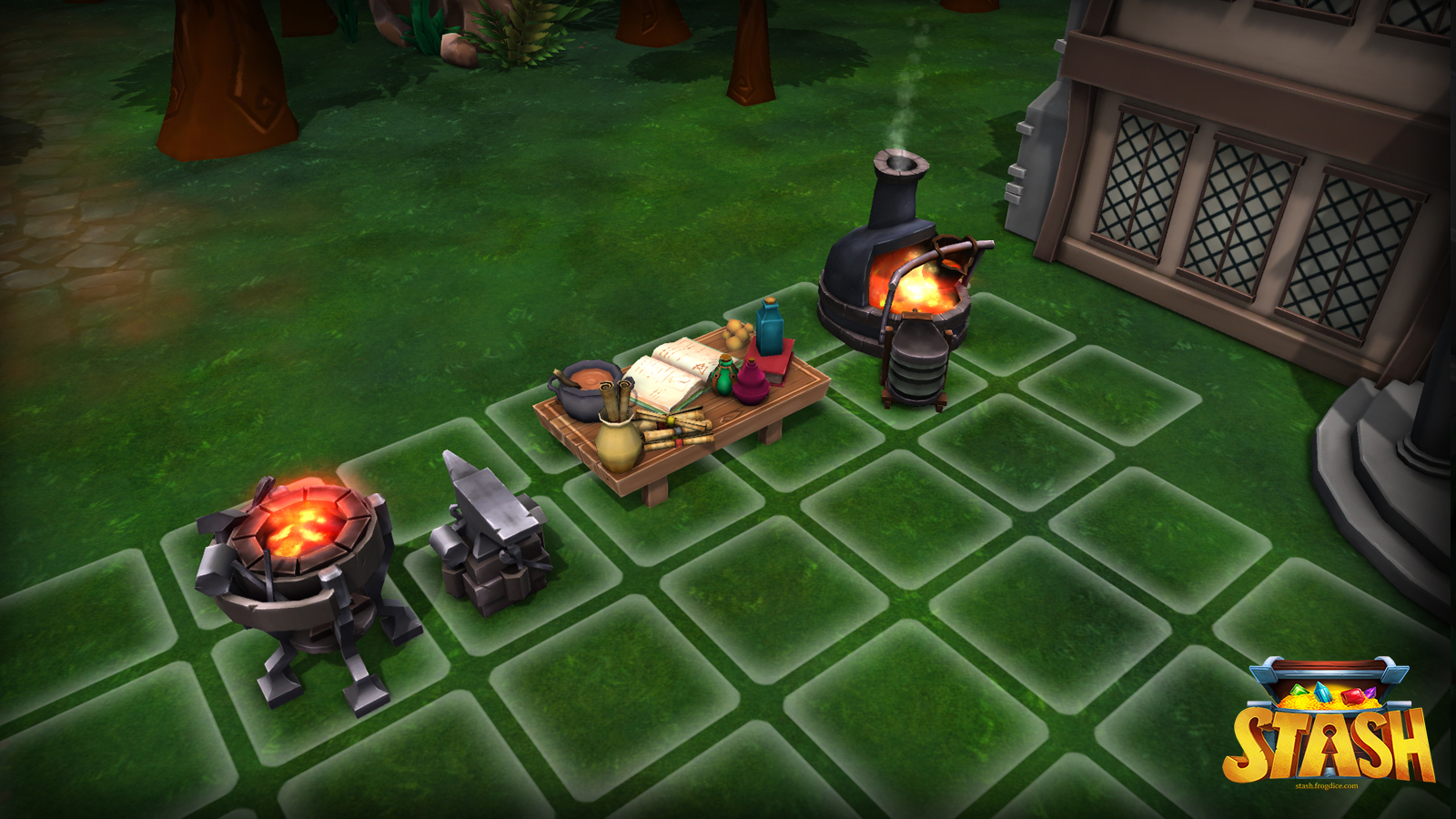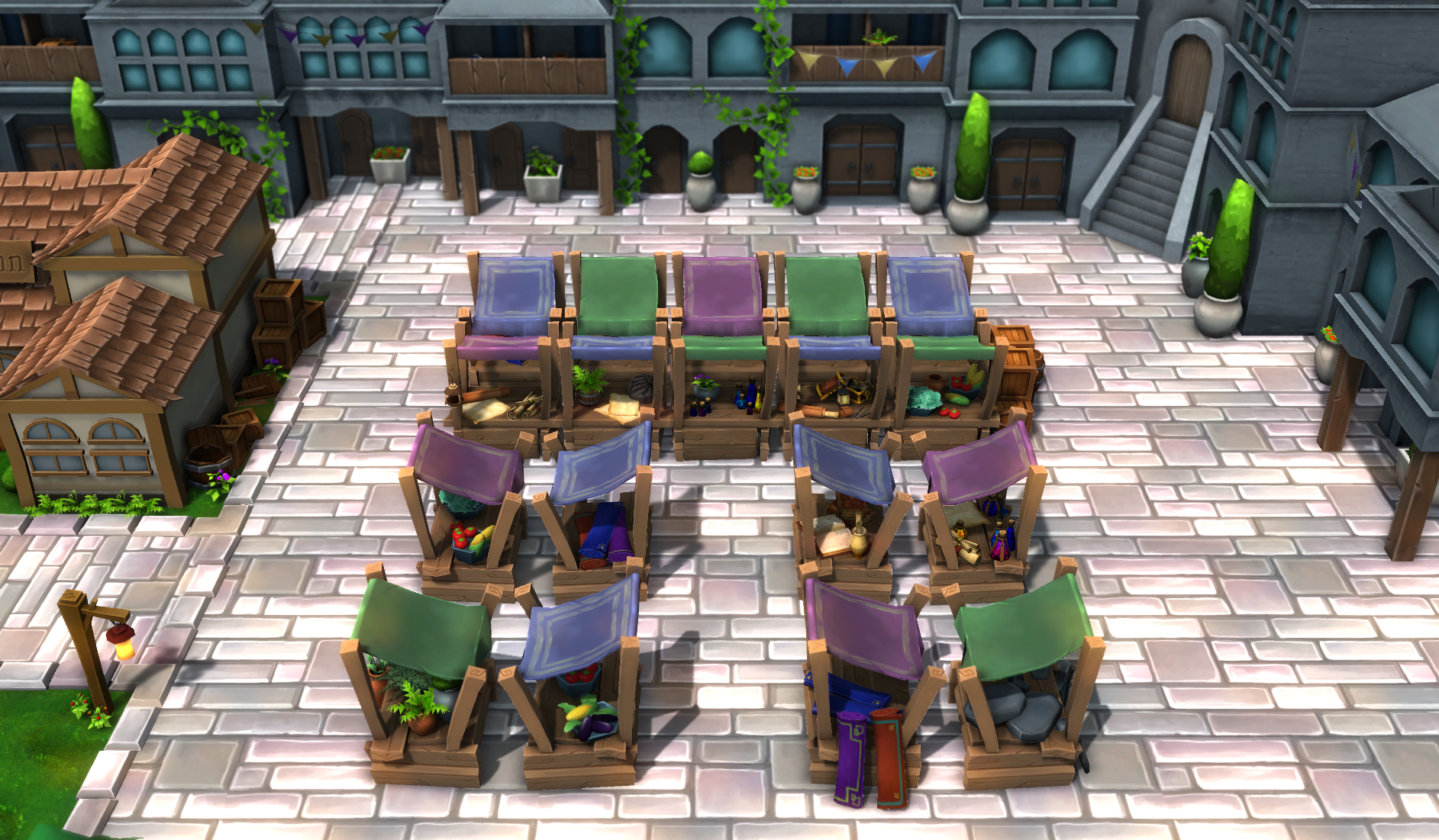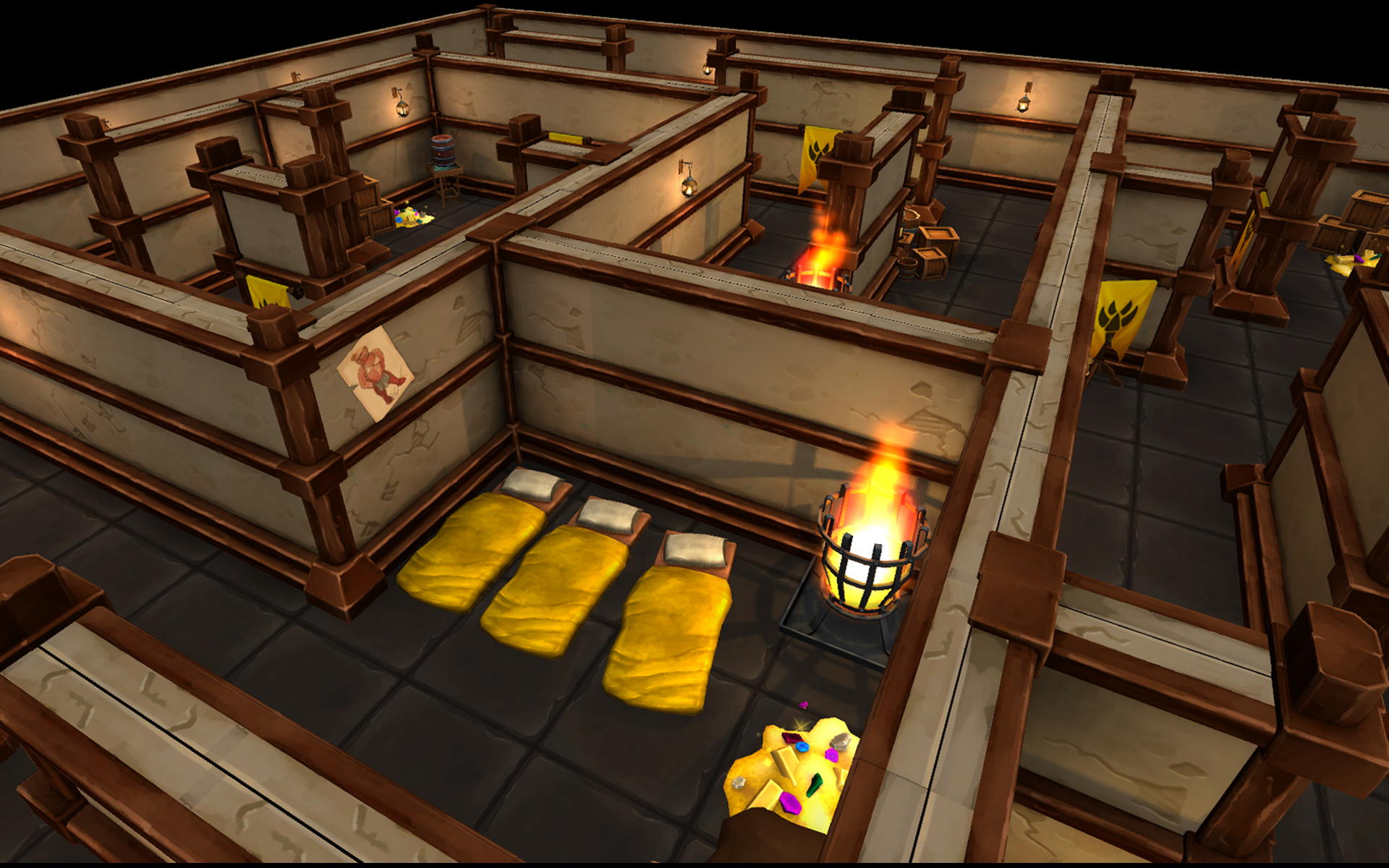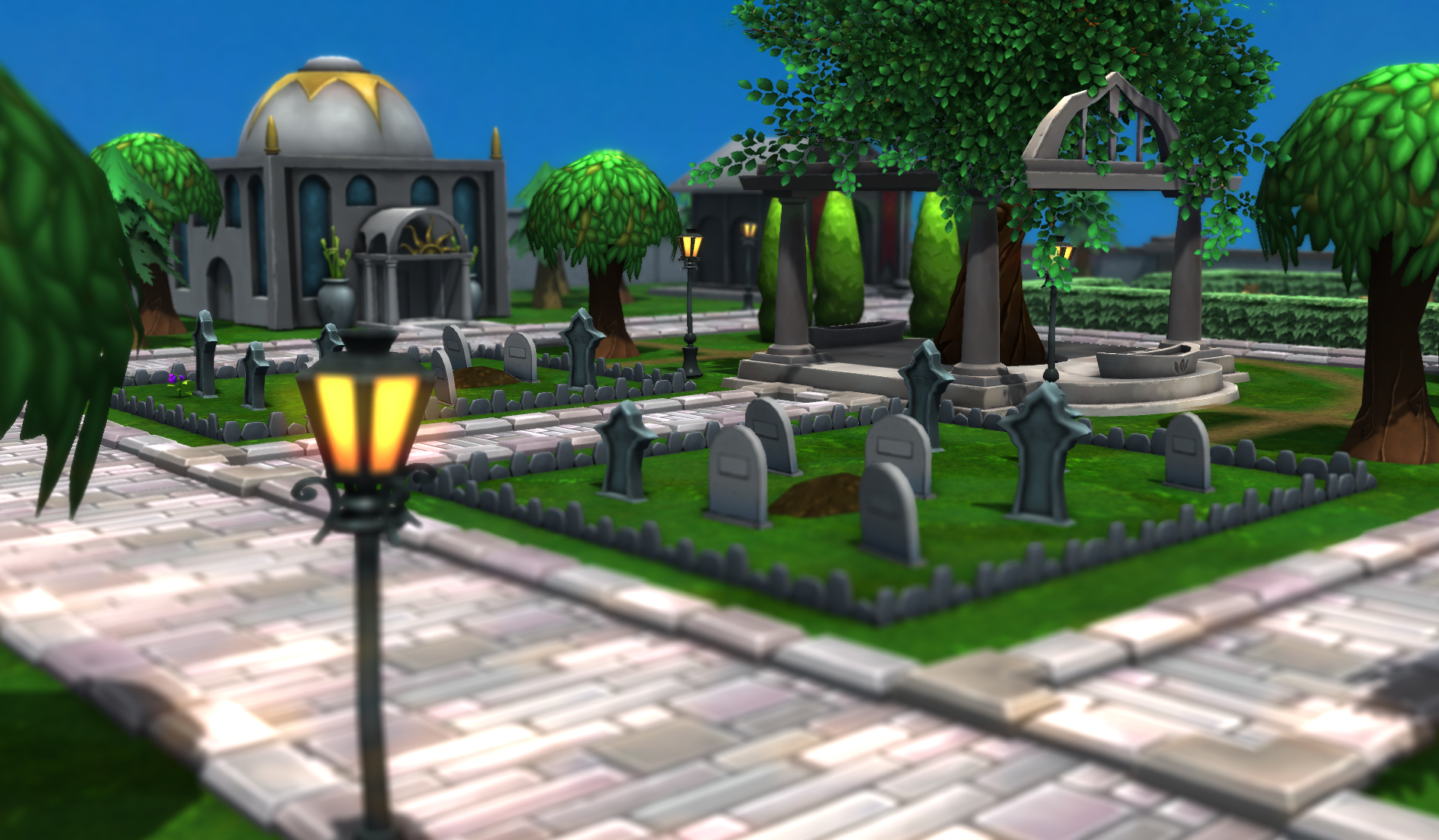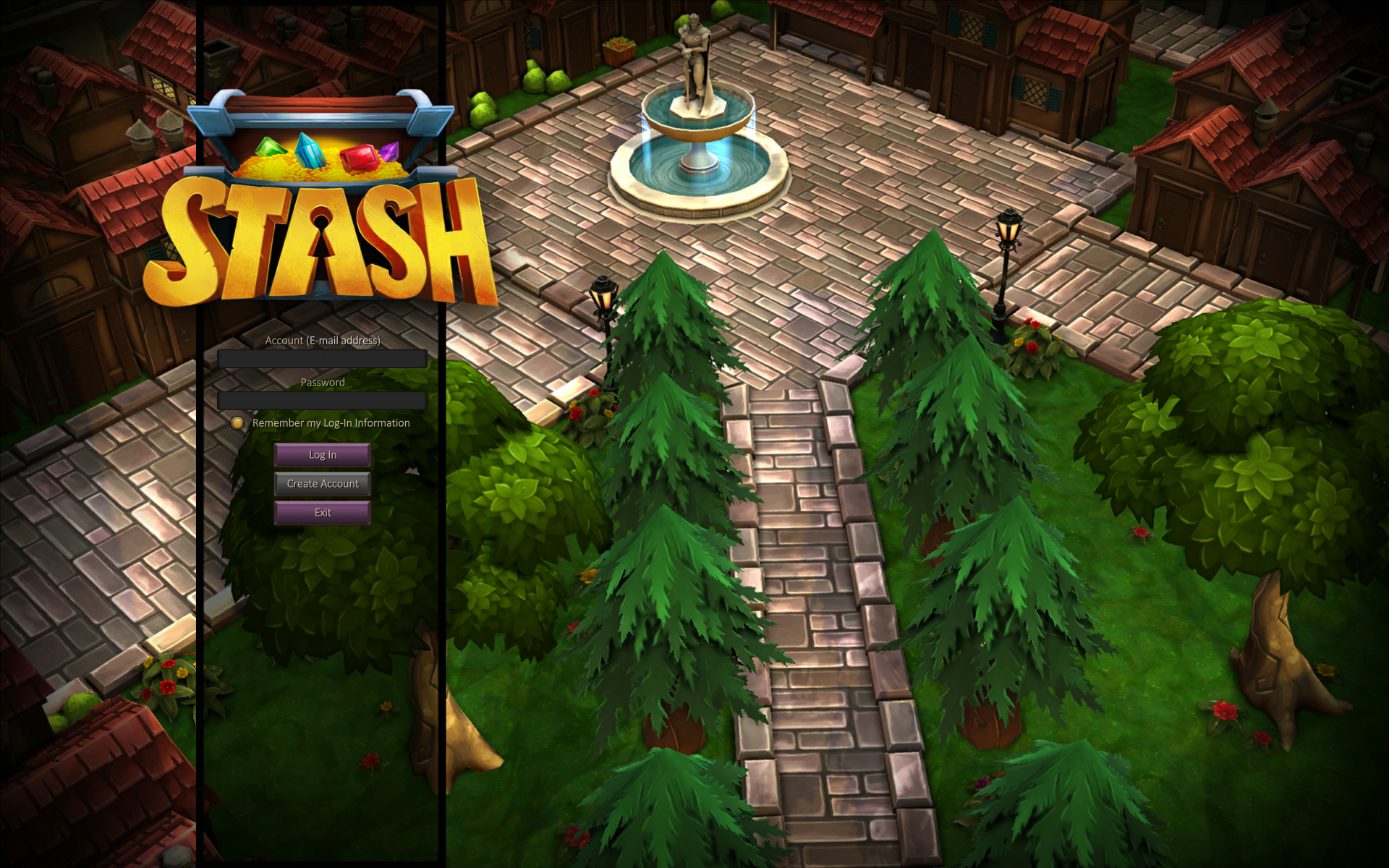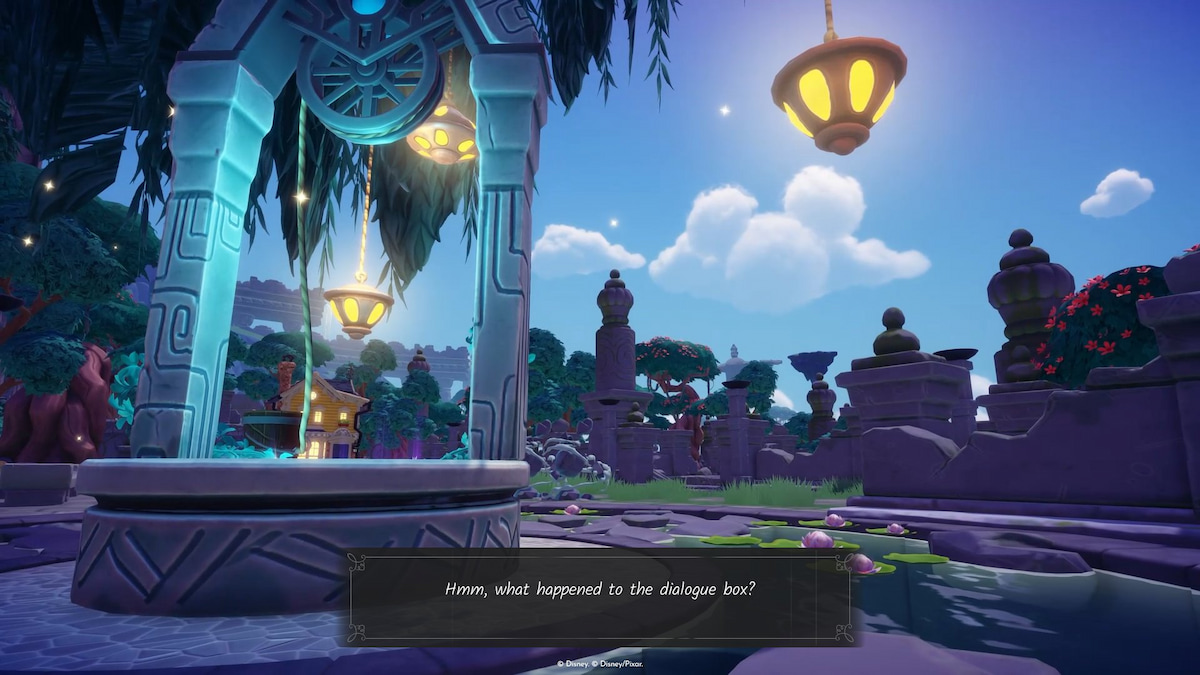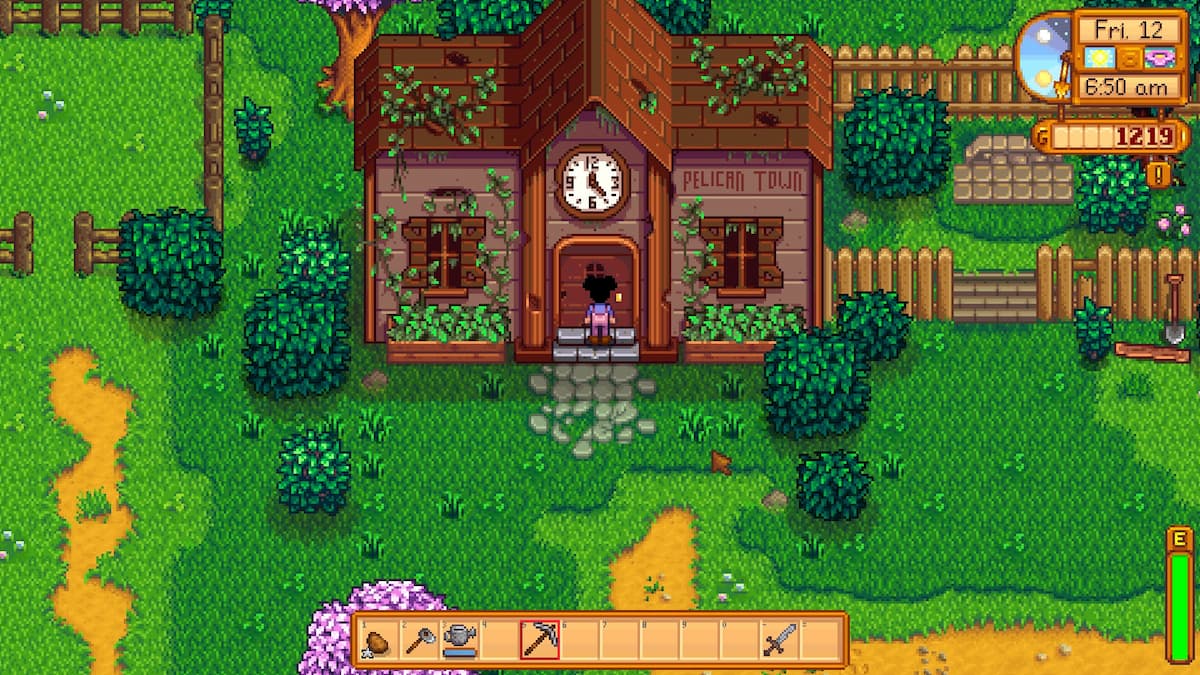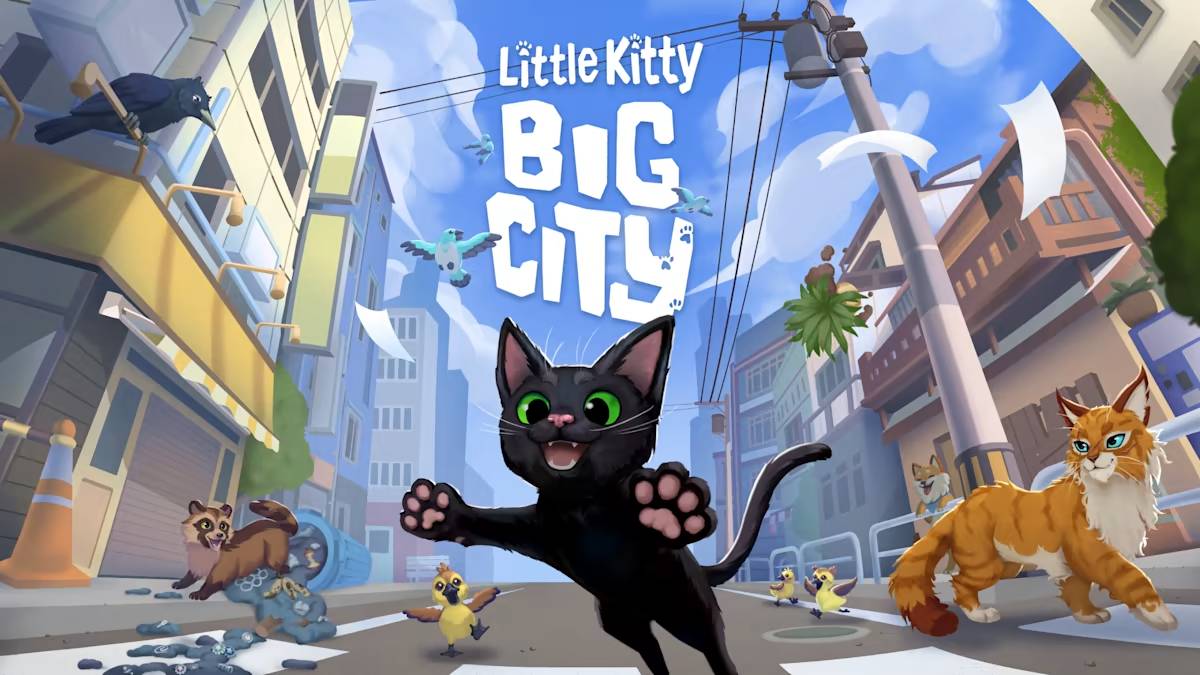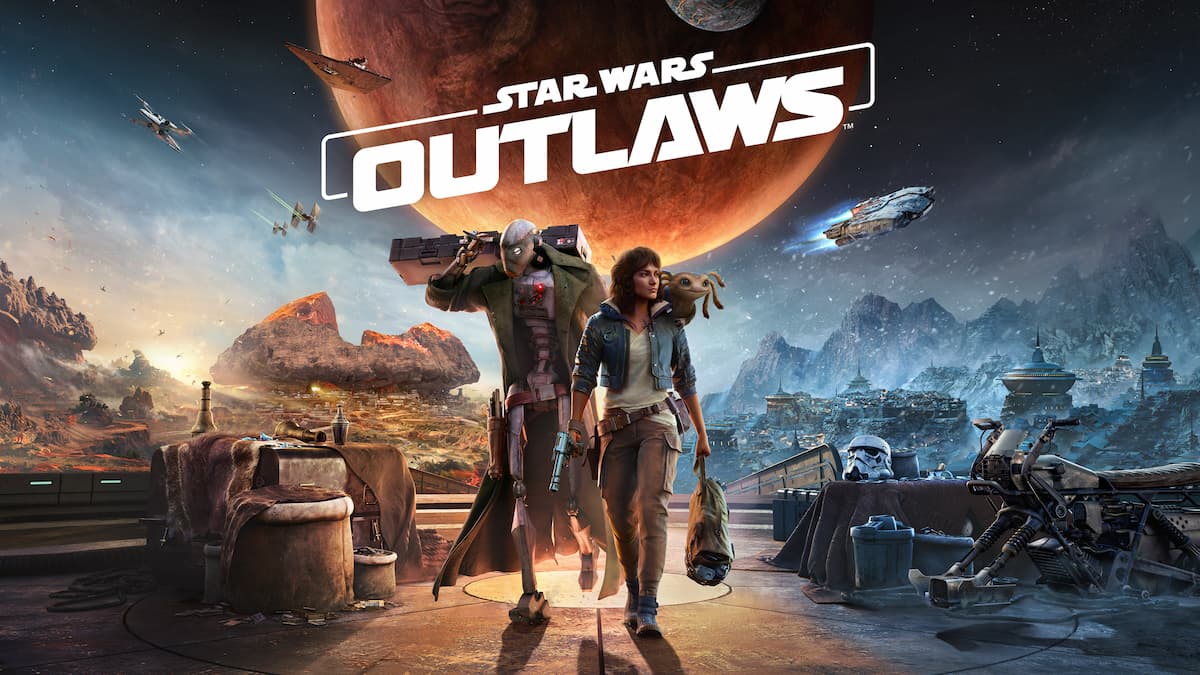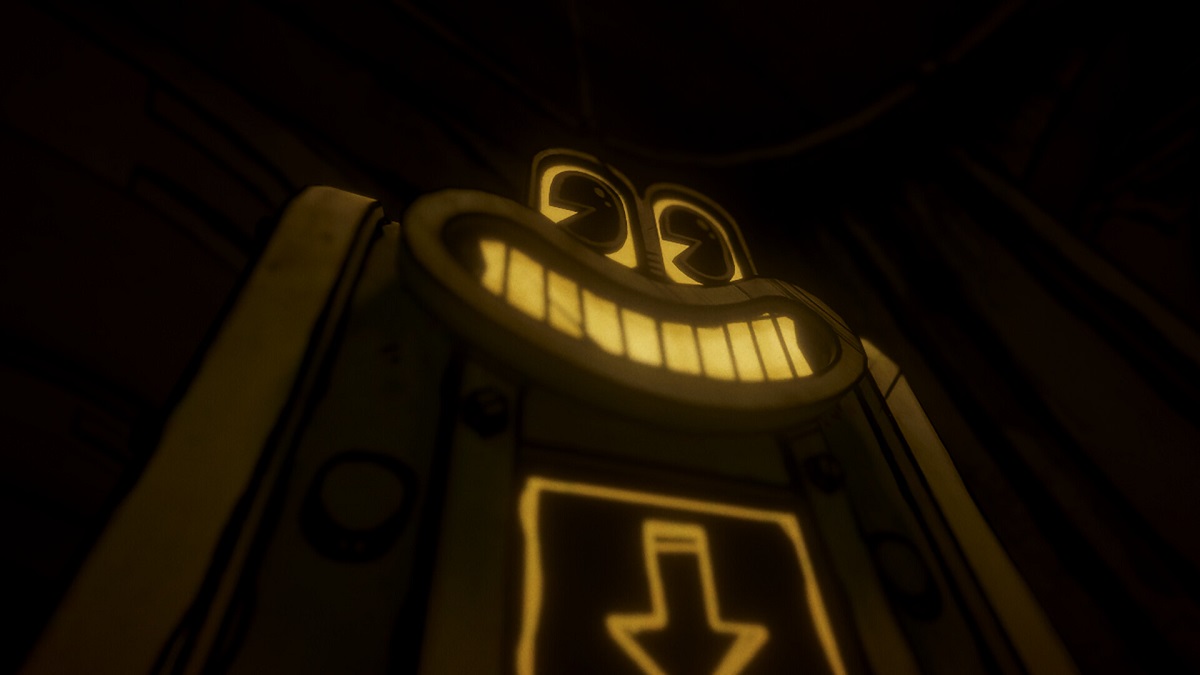If you’re an MMO fan who hasn’t heard of Stash RPG: No Loot Left Behind before, you might just want to check it out. The latest project from Frogdice — creators of such games as Tower of Elements and Threshold RPG, Stash is a turn-based, tactical grid combat MMO with a unique table-top style and truly interesting social and housing systems.
Announced at PAX East 2014, Stash — like other Frogdice projects — went through a successful round of community funding on Kickstarter. Frogdice asked for a fairly modest amount of $50k, and with the help of over 800 backers exceeded the mark in September of 2014. Since that time, they’ve been hard at work bringing the game to life and doing all the things necessary to get a game to the players, such as getting the game Greenlit on Steam before releasing into Early Access in September.
After being introduced to the game by one of my co-workers, I was drawn in by the art style and the idea of a turn-based MMO — not to mention the idea of an MMO that allows players to have a place in the game without requiring them to spend all their time fighting monsters and running dungeons. Wanting to know more about the game, I sat down with Frogdice founder and President, Michael Hartman to talk about the company, Stash, and some of the process behind the game.
Surviving Kickstarter
Since Stash is a Kickstarter success, I began by asking about the campaign and how they make it work in an environment where gamers have become skeptical of crowdfunding games. Noting that the failures of other game have given Kickstarter a bit of a negative image among gamers, I asked what made the company elect to use the service and what helped make Stash successful on it.
According to Hartman one of the biggest components for a successful Kickstarter these days is to already have some kind of a fanbase. As he noted, Frogdice has been around for 20 years, and over that time, they have developed a loyal following for their games and their shared universe. In fact, this following has allowed the company to use Kickstarter four times to success — twice for Stash alone.
Hartman feels a built in fanbase is imperative because Kickstarter doesn’t generate the amount of traffic on its own that it used to. As Hartman explained the situation using his own projects as examples:
“Organic traffic from Kickstarter is much lower now even though Kickstarter campaigns and the games have become bigger over time.”
However, if a developer has a solid fan base and treats them well, they’re far more likely to succeed in the crowdfunding space. In the case of Frogdice, there’s a 20 year relationship history between them and their fans.
20 Years and Counting
Considering the fickle nature of the game industry, with devs moving from company to company every few years, I was curious about what kept Frogdice going strong and Hartman and his associates going.
Part of the answer is simply that Frogdice is, at its core, a family company. Michael and his wife Pang started the company and ran it together for 15 years before they started adding to their staff around 2011. Now, the company consists of a core group of 7 individuals (plus about 5 part time staffers). Six people are working on Stash.
Two other factors that have kept the team going is the simple fact that they love making games, and that they love their community. In fact, they know their fanbase on a more personal level than a lot of companies due to their interaction at their convention FroggaCon. Unlike conventions similar to PAX, FroggaCon is planned and executed by the development team, who spend time interacting with their fans and creates a mutual respect between them.
“We run our own convention purely for the sake of fostering a strong community. We want to help players meet each other and know each other as people. We want to meet them as well and hang out on a purely social basis. FroggaCon has a lot of games and events related to our games, but primarily it is just a social get together where people who play and work on our games hang out as regular people. It is a lot of work and very stressful, but after 16 FroggaCon’s we still love it and hope to keep doing it.”
As Michael points out, when they first started all of this, he and Pang weren’t even married. Now they’re not only married but have two kids. And just as the fans have watched them changed, they have watched the fans they’ve gotten to know over time change as well.
That said, he does admit that running a convention can be brutal, but the benefit is the mutually caring relationship between the company and the fans.
Old-School Influence and Table-Top Feel
Moving on from the company’s history and philosophy, we discussed what influenced the decision to create an MMO with a table-top-style map and miniatures (or in this case “Pegs”) as player characters.
As one might expect, there’s a tiny bit of nostalgia involved in the decision. Michael and his wife started out their gaming careers with Dungeons & Dragons, and later moved on to classics like Bards Tale, Baulder’s Gate, and Warhammer. He notes that while these early games were turn-based for technical reasons and were replaced with the real-time combat style as technology evolved, people are starting to realize that there is still a place for turn-based.
For one thing, turn-based combat is “more cerebral” giving players time to really think about what they should do in order to succeed before taking action. It appeals to a broader amount of people — being easier for both the young and old to pick up and play. Yet, it still rewards the hard core player without being as punishing to those without twitch-based reaction times.
Michael also noted that it’s about time for a game like this, especially if you’re one of those people who remembers what everyone expected when MMOs first came out. Prior to World of Warcraft, gamers assumed that there would be a wide variety of MMO types. Once WoW hit and became incredibly successful, however, everyone began trying to copy it, causing most MMOs to become loose clones of each other.
Now, players are beginning to look for something different again, and developers like Frogdice are there to offer them unique games with unique features.
Changing Your Peg
With Frogdice electing to design characters as table-top style miniatures, I was curious as to how things like mounts and pets would work with them. (Stash boasts both mounts and pets as a feature of the game.) At the moment, according to Michael, mounts will not be represented visually in the game — although they hope to change that in the future. Instead equipping a mount will simply increase the player’s speed.
That said, players can change the look of their Peg, using character cosmetics and armor. They can even change the look of their base. (When creating a character there are currently four bases to choose from.) Eventually, Frogdice plans to make mounts — and pets — part of that cosmetic change. Eventually players will be able to equip their pets and have them sit on the base of their Peg with them. (They’ll also be able to play with their pets in their BOO.)
There’s No Place Like Home
Speaking of features, probably one of the most unique features in Stash is the game’s housing system — known as “Base of Operations” or BOO. All players start out with a BOO from level one. It’s nothing fancy. In fact, it’s just an instance containing a bedroll on a plot of land. But the possibilities are endless as players can develop and level it up until it’s a castle — that is, of course, if that’s what they want to do. There’s no requirement to level the BOO and player can opt for simply leveling up the portions they need — stash, stall, farm, etc — while keeping the bedroll.
That said, those who do level up their BOO, will spend as much time leveling it as they do their characters. In Stash, the housing system is a core feature of the game. It’s where players will handle their crafting, farming, and market actions.
“When players own a piece of the world it makes them feel more like part of that world and the community.”
The inside of the house is upgrade-able as well. When the house is first built, it consists of a single room. The player can then begin to build more rooms, change the shape of rooms, and add furniture and objects.
Unusual Influences
Considering how unique Stash‘s housing system is, I was curious as to what other games might have had some influence on the team’s design. As one might expect, Michael listed a few MMOs, particularly Dark Age of Camelot which made housing useful. He noted the crafting machines and NPCs which functioned as a vendor. He and his wife were so fond of DAoC‘s housing system that they kept their subs for a year after they kept playing just to keep from losing the house. Another MMO he mentioned was EverQuest 2 — primarily for its decorating and market features.
Interestingly, non-MMO games and casual RPG’s were a heavy influence. These include non-combat games like those on Kongregate or from developer Big Fish. And then there are the classics like Animal Crossing and Harvest Moon.
Build It and They Will Come
Another truly unique feature in Stash is the crafting system. Simply put, players can spend all their time crafting and not worry about doing anything else. In fact, players can have a level one character and still hit 100 in crafting. There’s no need to be a warrior. You don’t have to go out into the world, run quests, kill mobs, and do most of the stuff MMOs require to level crafting.
Michael noted that while players might have to venture out in the world to get some start up capital before beginning their crafting careers, they could theoretically get money and recipes from a friend and not worry about the whole adventuring thing at all.
To make things even better for crafters, the Frogdice team has made crafted materials and items the best in the game, so there will always be a market for what they are making. A boss might drop some legendary material that can be made into a legendary weapon, but it won’t drop the weapon.
It is worth noting that if those interested in crafting do have to go out into the world to get started, they don’t have to worry about any kind of death penalties until they reach level 10.
Bindings Not an Issue
Another interesting feature that involves crafters is the fact that — for the most part — items do not bind when equipped or picked up. In fact, with rare exceptions, the concept of binding items had been done away with altogether. Players can give items away or loan them to other players temporarily — meaning you’ll never get stuck holding on to (or destroying) an item that someone else could use.
Michael feels that this will lend more to the epic fantasy theme, hearkening to points where people will give or loan an item to the adventurer helping them complete their quests.
Often in MMOs, developers and players feel this kind of free-wheeling item sharing will have a negative impact on the game’s economy. However, Michael compares it to something as simple as owning a car. As he puts it:
“When you own a car and decide you want a new one, you don’t keep the old car and just store it in the garage do you? No, you sell it. Why would you want to hold on to a car you’re not going to use any more?”
In his view, part of the value of items is in the ability for them to be acquired. If a player is stuck just holding onto an item and can’t get rid of it, it has no value.
Of course, Frogdice does have other mechanics in place to keep the economy from becoming flooded with certain items. This involves a donation system in which players donate to deities and outposts (which we’ll tell you more about below.)
The Story Belongs to the Players
A lot of games boast about how the players can have an impact on the game’s story. However, when it comes down to it, they don’t have quite the impact that one might think. This is especially true of MMOs where players are generally thrown into the role of the sole hero tasked with saving the world… along with everyone else.
With this in mind, I asked Michael how Frogdice goes about creating a story that players can impact. As it turns out, this is something that the company has been doing for a while — even in its earlier games, such as Threshold. Using two kinds of events, story line and base line.
Michael describes story line events as having a a major impact on the game and involving the interaction of the staff. The most basic of these are invasion. If players don’t defend against the invasion, vendors or services can disappear. Deities can change is some way as well, either their function changes, or they are replaced or even disappear.
A big enough event can even change the geography of the world. Michael offered an example of a giant meteor strike that destroys the landscape around it. For something like this, the team would write up a script, or outline of things that can happen at certain points. Then they implement one step at a time in the game, watch what happens and adjust the script in the next phase to account for player reaction. Sometimes they don’t need to adjust at all, others they do.
The Frogdice team feels it’s important to respect what the players do and be prepared for it. There is one caveat, however.
“Never set it up so the game is ruined if something happens.”
Effectively, the team takes more of a table-top DM approach to events, rather than just planning it and dropping it on the server.
Baseline events, also allow for player impact. These include fairly standard things such as players competing in teams to see who will rule an area, donating items to the deities to make theirs more powerful, and similar activities. Combat, crafting, and economics can all have an impact and alter the world of Stash a little.
Why Don’t the Big Guys Do This?
In consideration of the fact that Frogdice is able to do this, but it’s not something you really see from major MMO companies, I asked Michael whether he felt that the company size had anything to do with implementation.
In his opinion, it would be easier for a bigger company to pull this kind of story telling off — and he’s not sure why they don’t do it. He did however speculate that it might simply be because large companies are averse to anything that can cause a negative reaction among players. Sure, there are technical difficulties involved in this kind of story telling, but there is also a social cost. When players lose something due to a plot point, they might be inclined to quit.
That said, Michael feels what they gain from these events negates the cost.
“The gain of having a dynamic world makes up for the sadness people have when something goes away.”
What Should People Know that They Might Not Already?
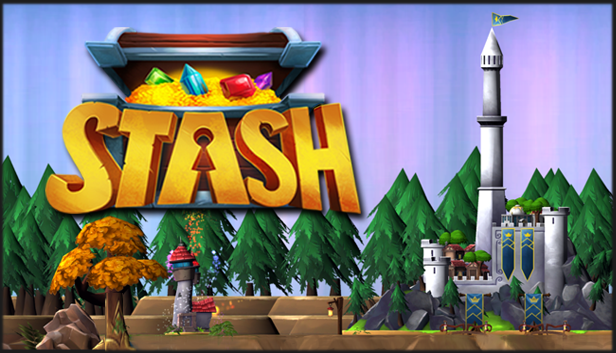
Nearing the end of the interview, I asked Michael if there was anything that he felt people should know about Stash that they might not. Since his wife was unable to sit in on the interview he pinged her with the question as well.
Outposts – The BOO for Clans and So Much More
Michael wanted to discuss Outposts — see, I told you we’d get to that again later. These are something that have not been implemented in the game as of yet but are being worked on. Outposts are a lot like the player’s Base of Operations, only more.
When players begin the game, the first region has a city complete with services, vendors, and places to learn crafting skills. However, as they wander out into the world, other regions will not necessarily have this. This is where Outposts come in.
“As you explore, every major region has Outposts that can be claimed by a clan and leveled up like a BOO by donating materials, even non-clan members can donate.”
If a clan runs an Outpost in a specific region, other clans can use it as staging ground for other things they are doing. These Outposts offer strong bragging rights for clans, and at some point in the future clans can attack Outposts owned by other clans in the hopes of taking it over. This will add another political dynamic to them as players who use an Outpost owned by one clan may not take kindly to them being attacked — even if they aren’t part of the clan who owns it.
A side perk of the Outposts is that they will offer players access to their BOO without having to return to the starting region.
All About Mechanics
Michael’s wife and partner Pang felt people should know about the balance of mechanics in the game. She noted that Stash has a really good mix of both casual and hard core mechanics. If you’re hard core, it rewards that number crunching — exacting style of play. But casual mechanics such as crafting, running a farm, and fishing — while casual friendly — are still important to the game.
She did touch on Outposts as well, noting that they will be the most hard core thing for players to do. However, for these Outposts to function both casual and hard-core players will need to work together. Combat people are needed to take them over and protect them, but casual people are needed to donate and contribute in order to build them up and make them better.
Available Now in Early Access
Stash is available on Steam Early Access as of now and will run players $15 or $50 depending on the package they choose to purchase. Each package comes with store currency equal to the amount they’ve spent and bonus items. Noting the Early Access prices, I asked Michael whether the game was intended to be buy-to-play, free-to-play, or something else.
He noted that currently it is indeed B2P, however this will change at official launch, when it becomes what he refers to as “pay what you want.” He doesn’t want to call it F2P due to the associations with free-to-play mobile markets and the like which tries to force people into the mind set of buying things from the start. Rather, he believes that players should just be encouraged to play and love the game, and when the time is right, they’ll purchase things on their own.
For those who might be interested in purchasing an Early Access pack for Stash, I have been informed that Frogdice is running an event in game until 4pm Eastern on Monday. Players will be able to earn an additional 50% in combat, crafting and gathering. Resource nodes will produce double the output. There will also be a variety of games, events, contests, and rewards. AND! Staff will be in game chilling, answering questions and talking about the game.

